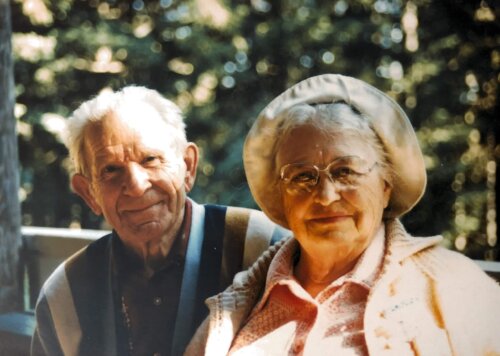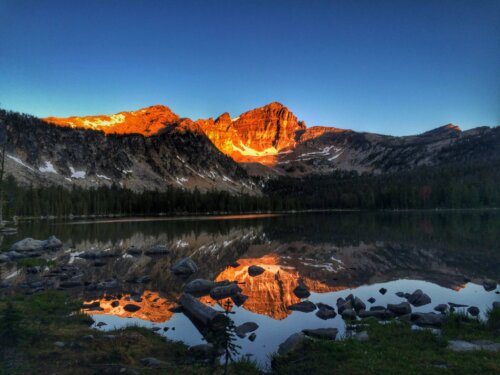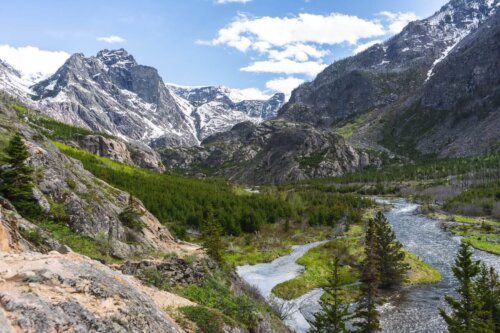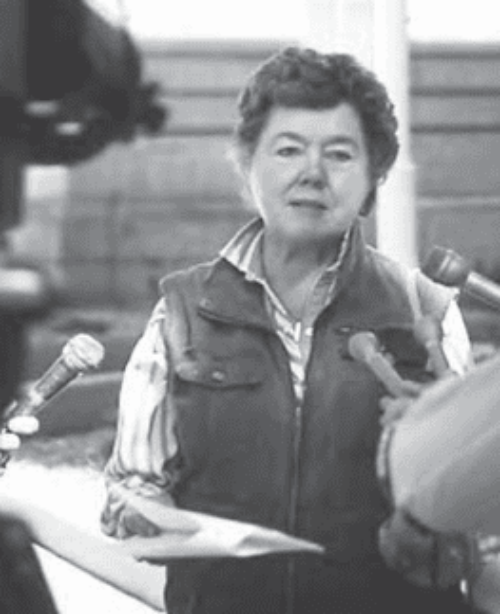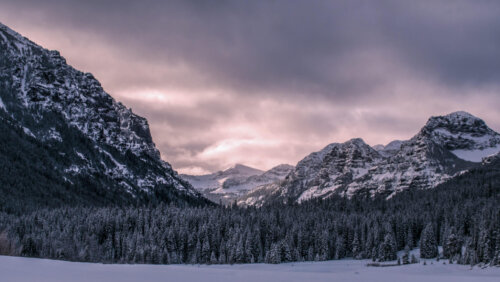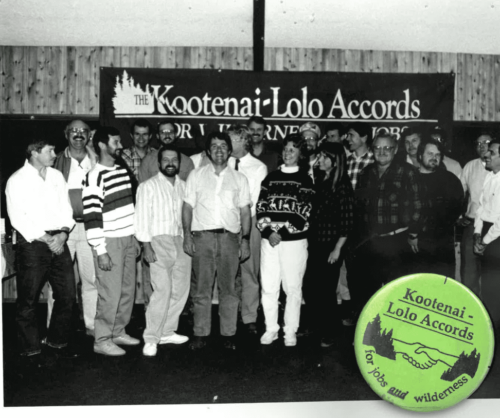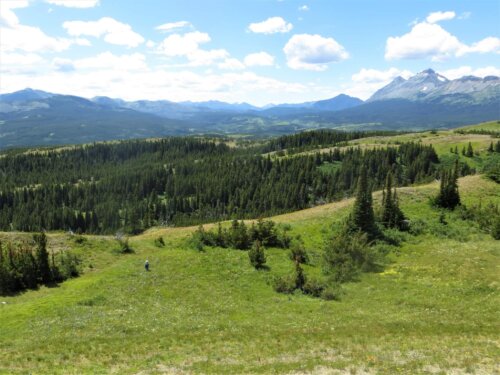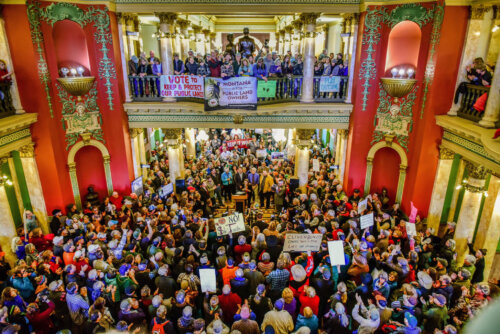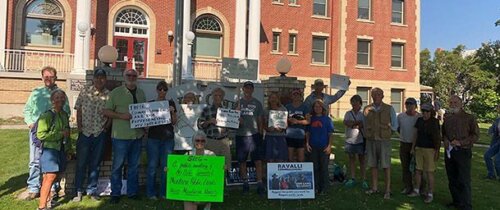1958: Wild Montana is Founded
Two years after the first draft of the Wilderness Act, Ken and Florence Baldwin met with 20 friends at the Baxter Hotel in Bozeman. All shared a passion for Montana’s wild places and a desire to defend intact wildlands and rich wildlife habitat from increasing timber harvest and road building.
In a letter announcing the new organization, Ken Baldwin wrote:
“This Association is dedicated to making a place for all Americans to enjoy, to the fullest extent, the beauty and peacefulness of this ‘Land of the Shining Mountains’ where unspoiled wilderness, wild rivers, wild animals, fish in clean streams, and clean campgrounds are everywhere.”
